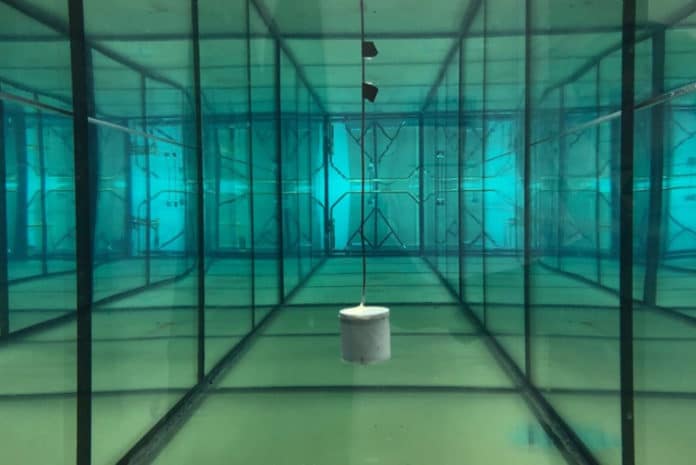Underwater communication relies on sound waves. This requires lots of power and drains the battery from ocean sensors, which makes exploration more difficult.
To address this problem, the team of researchers at MIT has invented a technology that can sense and communicate without requiring batteries. The new battery-free underwater sensor and communication system barely use any power and can transmit sensor data for extremely long periods of time.
According to MIT, this could help set up an underwater internet-of-things (IoT), which would allow real-time ocean temperature monitoring and marine life monitoring, without requiring regular equipment and power swaps to make it work. It could also be used to study climate change or even be possible to set up networks of underwater sensors in the seas of distant planets.
The system uses a transmitter that sends acoustic waves through the water towards a piezoelectric sensor that has stored data. The waves hit the sensors with embedded receivers, transmitting a small amount of energy in the process. The sensors then either use this stored energy to reflect a wave back to a receiver – or it doesn’t reflect at all. The back and forth between the sensor and receiver corresponds into the bits (0s or 1s) in the data, meaning it can effectively communicate in binary.
The only energy required for the system to work is the power stored in the sound wave sent by the transmitter. “Once you have a way to transmit 1s and 0s, you can send any information,” said Fadel Adib, an assistant professor in the MIT Media Lab, in a news release. “Basically, we can communicate with underwater sensors based solely on the incoming sound signals whose energy we are harvesting.”
The team tested their system called Piezo-Acoustic Backscatter System in an MIT pool to gather data such as the temperature of the water and pressure measurements. The system was able to transmit 3 kilobits per second of data from two sensors simultaneously at a distance of 10 meters between sensor and receiver.
Next, the team is planning to demonstrate the system that works between farther distances and communicates with multiple sensors simultaneously. Moreover, it also hoped that the system would eventually be able to transmit sound and low-resolution images. They see the uses for this system beyond monitoring the earth.
